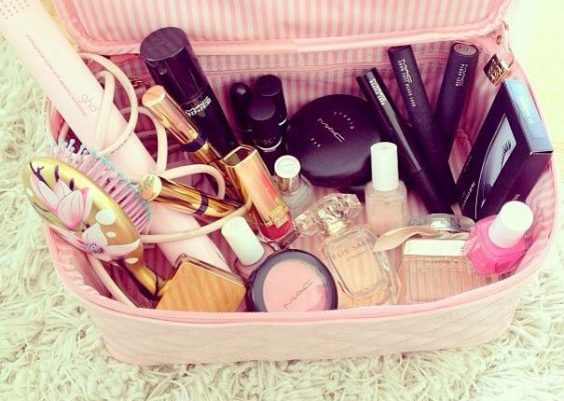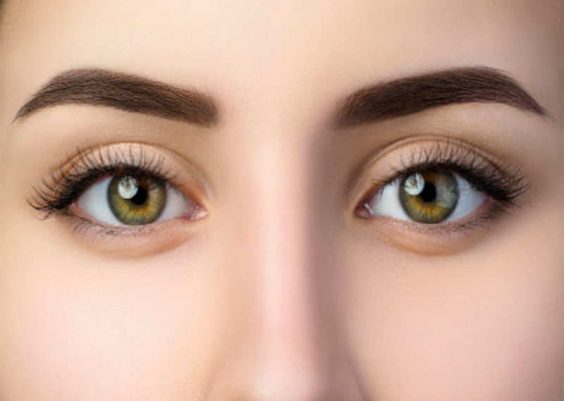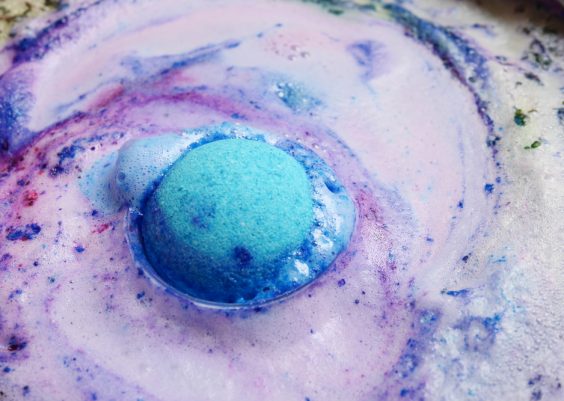Have you noticed that many companies and industries seem to be putting a whole lot of effort into taking toxins out of your life? Seems like a nice thing for them to do, right? I mean, toxins are terrible and scary and should be removed from everything—shouldn’t they? Please. If there’s any toxic crap you need to worry about constantly as you go about your day, it’s the toxic marketing of companies trying to upsell you on so-called “safer” alternatives to things that are perfectly safe to begin with.
Detoxes that purport to flush toxins from your body? BS. Allegedly chemical-free cosmetics? Made of chemicals, just like everything else, but probably more expensive. Organic food that plays into your perception that they’re made without pesticides? They’re not. If you’re willing to open your wallet, marketers are more than willing to play into a deep sense of chemophobia to get your dollars. But this fear that they’re playing into isn’t based on facts, and they pull it off without actually proving that the competition is bad. They just bang that drum of saying “we’re nontoxic” without a robust understanding of what the word even means. Which means you have to figure out for yourself what the hell they’re even talking about—and why it’s probably nonsense.
What exactly is a toxin? (Or: Toxins! They’re everywhere!)
Dictionary.com gives an appropriate definition of toxin under poison, stating, “Poison, toxin, venom are terms for any substance that injures the health or destroys life when absorbed into the system, especially of a higher animal.” Easy, right?
That’s true in a general sense. But scientists might look at the word “toxins” in a different way than the way the word is used in everyday speech and in popular media. I focused on opiate toxicology for my master’s thesis and worked in a drug toxicology lab for four years. Toxicology is essentially the study of poisons. The main tenet of toxicology is known as Paracelsus Principle, so named for the doctor credited with saying, “All things are poison and nothing is without poison; only the dose makes a thing not a poison.”
It boils down to the fact that any substance can fuck up your day in the wrong amount, even substances that we need to sustain life. For example, 6 liters of water consumed all at once will poison you, but please don’t take this as a sign that you shouldn’t drink water. There are endless examples of this. One or two pills of acetaminophen (the active ingredient in medications like Tylenol) can reduce your fever and manage some types of pain, but there’s a narrow margin between the amount you can take safely in a day and the amount that can cause liver damage (so follow the dosing instructions). Caffeine is one of the most commonly consumed drugs on the planet and we think of it as absurdly safe, but only about 5 grams of it is needed for an overdose. That means you need metric fuckload of coffee before it’s a safety concern (your once-a-day venti habit is fine), but if you’re using pills or energy drinks, your morning caffeine hit can become toxic.
Then we have to delve into substances that are fine for some organisms and toxic for others. A common example is that chocolate is practically a necessity in the human diet (don’t try telling me otherwise, I’ve seen my roommate during certain times of the month), but a component of it, theobromine, is deadly for dogs. Some substances, known as teratogens, are perfectly fine for adults but are toxic for developing fetuses. For example, thalidomide was a medication that seemed to have low levels of risk to adults during testing and was used for morning sickness. We later came to find it was severely toxic for the developing fetus. We now understand there can be different risks to adults, children, and developing fetuses and test medications appropriately.
In a nutshell: Pretty much everything can be considered toxic if misused. That doesn’t mean everything is a toxin.
Toxins in the air, water, and marketing
If you believe the headlines and advertising, you’d have a lot of reasons to be afraid. Marketers (and bloggers and journalists) will convince you there are toxins in… basically everything that’s not telling you to be afraid of toxins. Toxins in the sex toys, the tampons, and of course in the food supply. That’s why you should spend all your money on toxin-free sex toys, toxin-free tampons, and toxin-free food. (But mainly the sex toys.) That’s what they tell you, anyway.
But the way the marketing works isn’t always on the level. Saying that a product is “free of toxins” is not telling you anything that the existing market regulations don’t already tell you. There are strict guidelines for what it takes to get certain products to market—from plastics to preservatives to food additives—and that includes making sure that you’re not poisoning people. Funny that the FDA doesn’t give companies carte blanche to just dump toxins into your Teddy Grahams. What companies do by promoting “toxin-free” marketing is create the illusion that some products are unsafe and that their products are the only ones that won’t poison you.
So when you see an ad that says “no toxins” or a viral listicle that says “this toxic, hard to pronounce ingredient that may be killing you is in your cupboard right now,” what should you do about it? First, get a dictionary and learn to pronounce it. Something being hard to pronounce does not make it bad for you. Second, if it’s an alarming “toxic” ingredient in a really common food, like azodicarbonamide, the alleged “yoga mat chemical” in bread, throw some common sense at that. There’s a really good chance that whoever is telling you to be afraid of it didn’t take into account that the dosage makes the poison; it would be damn near impossible to consume enough azodicarbonamide to get sick (and the same could probably be said for a lot of other hard to pronounce supposed toxins).
Finally, remember that fear sells. In a tough marketplace, it’s probably a lot easier to convince consumers that your product is worth buying because it’s “toxin free” (whatever that’s supposed to mean) than to convince them that your kale-enriched gluten-free unicorn flakes are tastier than the competition.
I saw an ad for Phlur fragrances declaring that their fragrances had “no toxins.” A perusal of their Facebook page and website showed that they are all about transparency, which I appreciate in a company, so I hunted for their ingredient list. One of their ingredients was denatured ethyl alcohol, which is very common in perfumes. Here’s the thing: This ingredient is wicked fucking toxic—in the right (wrong) dose.
To be clear, it’s only toxic if you drink it, and clearly you aren’t going to drink perfume (then again I don’t know your life), but it was advertised as having “no toxins,” not “no toxins for the intended use.” Did the people writing the ads understand the definition of the words they were using, or, as is the case in so many pieces of marketing lately, was “toxic” just thrown in the mix to scare you away from the competition? They chose to market to an audience for whom fear resonated instead of just saying “our perfume smells good.”
I reached out to Phlur to ask them if they were indicating that they had evidence of toxic ingredients in other fragrances while they had denatured ethyl alcohol in their products. Their response suggests that they know exactly what they’re doing (some of the language is borderline Paracelsian). “Our products do not contain ingredients that by their amount in our product, and by their Dalton size and application to skin, have been shown to be toxic or potentially harmful in other ways,” the company told me over email, adding, “Because we are one of the few brands to disclose our ingredients, we cannot know which other fragrance makers include them. Our intent is to bring greater transparency to the industry and engage our customers in an open and dynamic dialog.”
Don’t get scared, get smart.
Phlur, like other “natural” or “toxin-free” companies, probably makes some lovely products that make you smell delightful. But if you’re going to buy them, do it because you like them, not because you’re too afraid to buy something else. I get that people don’t always want to trust the government (and lately, who can blame them?), but the cosmetics industry, the food industry and even your condoms and tampons (though not the supplement industry!), are regulated to keep people safe. Don’t buy into their fear-mongering BS. Chemicals are everywhere?! No shit—tell me something I don’t know.
It’s your money. Demand proof that products you’re purchasing are worth the value and live up to the labels slapped on their boxes and the advertisements promoting them. At the very least, demand that companies look up the definition of the word “toxin” before using it in their marketing.
Yvette d’Entremont holds a B.S. in chemistry, B.A. in theatre, and a master’s degree in forensic science with a concentration in biological criminalistics. She worked for eight years as an analytical chemist before her blog focused on debunking bad science, scibabe.com, turned into a full-time job in science communications. Follow her on Twitter and Facebook.
You might also like: 6 Dangerous DIY Beauty Hacks to Avoid





